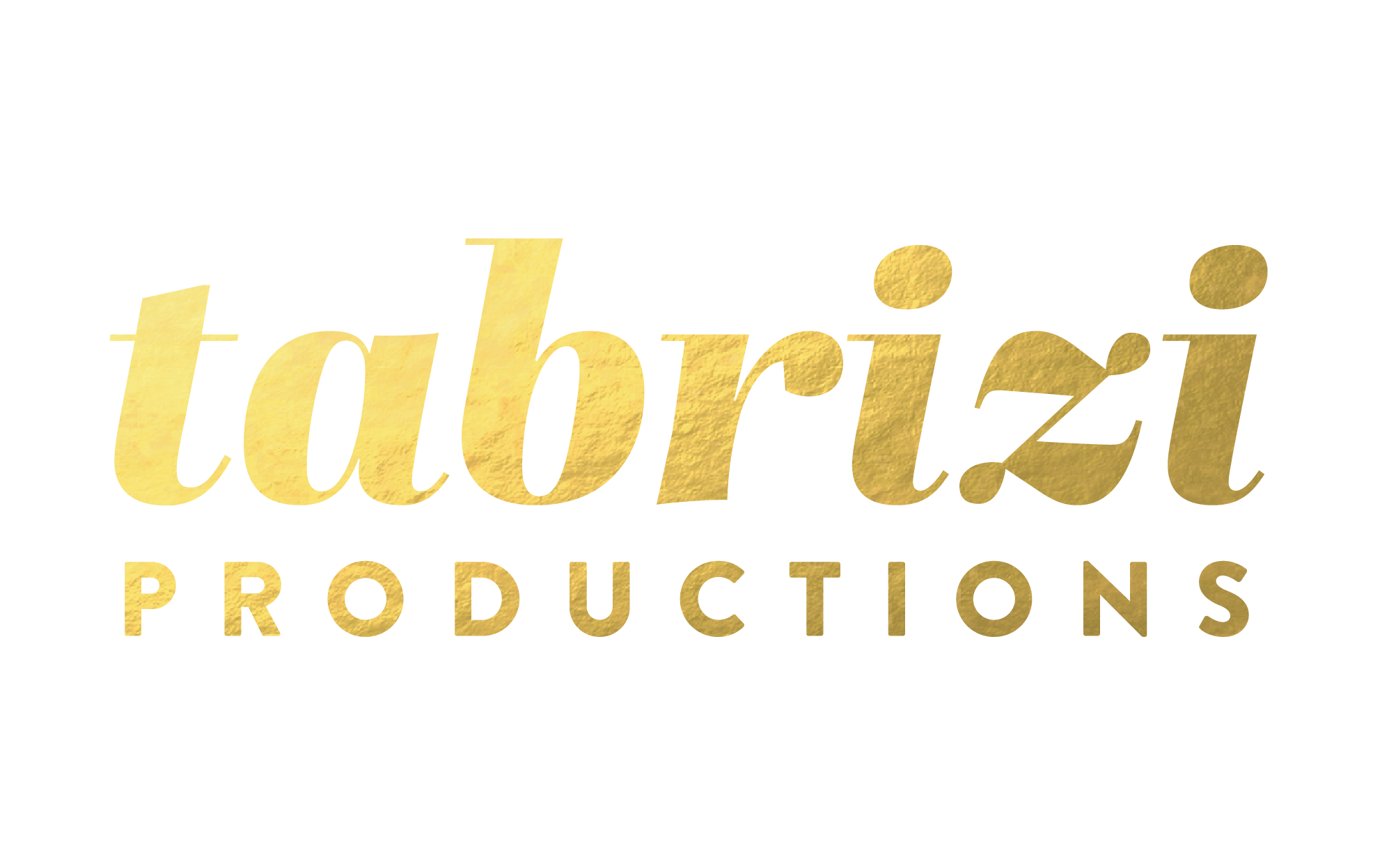For the vast majority of visitors to your site, your homepage video is the first experience they will have with your business and your brand. That’s why it’s so important to make a positive first impression that sticks in their mind – before they click away and get distracted by e-mail, social media or, worst of all, your competitors.
There are a million different ways to craft a delightful introduction while also driving conversions, but there are also some painful mistakes that will drive potential people away. So, without further ado, here are some valuable do’s and don’ts for your homepage video from the video software and hosting company Wistia.
Do Make Your Value Clear In Your Homepage Video
Make sure you quickly answer the question that everyone wants to know: What does your business actually do? Few things are more frustrating than visiting a website, clicking through their content, and still having no idea what exactly their business is all about.
Use your homepage video to highlight your key points in a casual but informative way. What problem do you solve? How will your product or service change things? Speak in a way that will resonate with your target audience, be clear and conversational, and get to the point.
Do Know The Audience You Are Targeting With Your Homepage Video
For first-time visitors, your homepage video is your chance to nail first impressions. Incorporate key elements of your brand and try to create a consistent theme that’s reflected in the rest of the content throughout your site.
By knowing your audience well, you should be able to pick out some of the elements of your brand that will resonate with them. Your homepage video is a unique opportunity to engage with your viewers, showcase your brand and leave a lasting impression. Consider featuring some of the people who work at your business to give viewers a better understanding of who makes up your business, and help them focus on emotion instead of numbers.
Do Test Out Autoplaying Homepage Video
The expert debate on whether or not to autoplay video is a heated one. Some marketers support it for its immediacy and effectiveness, while others hate that it takes the choice away from the viewer, slows down the website’s load time and can be generally annoying. The reality is there’s no right answer. The best way to find out what works for your website is to test it both ways and see what the analytics say gets the best response.
If you decide in favor of autoplaying your homepage video, here are some tips to minimize the annoyance risk factor:
· Keep the video short and sweet
· Don’t show too much motion
· Keep everything else on your page static
· Make your video silent or sound optional
Do Put Your Homepage Video Front And Center
If you’re going to put video on your website’s homepage, don’t make your visitors scroll to find it! Since web video is such a strong driver of conversions, your video should be featured front and center.
You should also look at the rest of the content on your page, to make sure your video doesn’t have to compete with other design elements.
Here’s an example of a home page video created by Tabrizi Productions for RF and microwave technology company Marki Microwave.
Don’t Set Broad Goals For Your Homepage Video
Your goals can change, but they should always be targeted! If you need some help getting on track, give the SMART formula a try. Your goals should be:
· Specific - Ask yourself what exactly you hope to get out of your content marketing technique.
· Measurable - In order for your goals to be successful, you need to be able to measure them against some benchmark.
· Attainable - Make sure your goal is reasonable and don’t set the bar too high.
· Relevant - How will the content marketing technique help your customers and your company?
· Time-bound - Make sure you do set a time limit to reach these goals. Not setting a deadline for success will make it hard to measure your results.
Keep in mind also that your video doesn’t need to do all the work. It may be what gives visitors their first impression, but all other content on your site should also be a part of that SMART formula.
Don’t Get Too Detailed In Your Homepage Video
It might be tempting to try and squeeze in every last detail about your business into your homepage video, but please don’t! For almost every homepage video, a length of two minutes or less is ideal. This type of content should be more like an appetizer for your business – not the whole meal. If your viewers want more information after watching your it, there are other places on your website where they can get it.
Research shows that the best videos are between 15 seconds and two minutes in length depending on its purpose. According to Wistia’s Ezra Fishman, “Two minutes is the sweet spot. After that, the drop-off in engagement is significant.” Ezra goes on to say, “Short and sweet is a safe strategy. Assume that your viewers are busy. But don't sweat over a few seconds here and there if you're still going to come in under the two-minute mark.”
Avoid using a strong call to action in the homepage video, too. How would you feel if someone said hello and then immediately asked you to buy something or make a donation? At most, you want to pique viewer’s interest, develop brand interest and provide the must-know details.
Here’s a refresher from the Tabrizi blog on how to you get your message across in two minutes or less.
Know The Purpose of Your Video. In order to clearly communicate with viewers, you need to know the purpose behind your message. What is it that you want them to take away from your video?
Write Out A Script. A script will help you keep focused on the purpose of your video and the main message you want your audience to know. As you write your script, try to include as many of the five W’s as possible - Who, What, When, Where and Why, as well as the How if it makes sense.
Practice, Practice, Practice! The more you practice your script, the easier it will be to get your message across confidently and within two minutes when it’s time to record. I recommend practicing in front of a mirror and for family or friends a couple of times before you record.
Don’t Sacrifice Good Copy Because Of Your Homepage Video
Even if your homepage video knocks it out of the park, there’s no reason to leave the rest of your homepage text free. For SEO purposes, if nothing else, text is necessary. If your video doesn’t autoplay, you’ll want copy that persuades visitors to watch it. If they don’t watch the video, your copy needs to do the job of grabbing attention and getting your message across.
Action-oriented words like click, start, download, register, sign up or try are also effective at driving a specific action, so be sure to incorporate those on your homepage in addition to your video.
Don’t Let Your Homepage Video Get In The Way
Ultimately your homepage is just a gateway to the rest of the site, designed to encourage further interaction. A homepage video should assist with that – not deter it. If you worry that an autoplaying video will turn visitors away, consider making it silent or using music with text titles instead of a voiceover.
A Positive Customer Experience Comes First
If you’re ever struggling with what to do, just consider the viewer’s experience above all else and let that guide you. Video is just one of the elements that makes up a successful homepage, but it may be the reason yours stands out from the rest. First impressions are crucial and video makes an instant, memorable impact.
Do you want help creating a homepage video that will make an unforgettable first impression? Contact Tabrizi Productions today for a consultation.

















